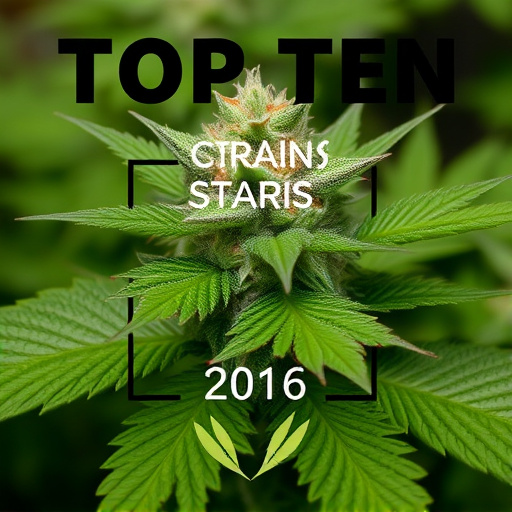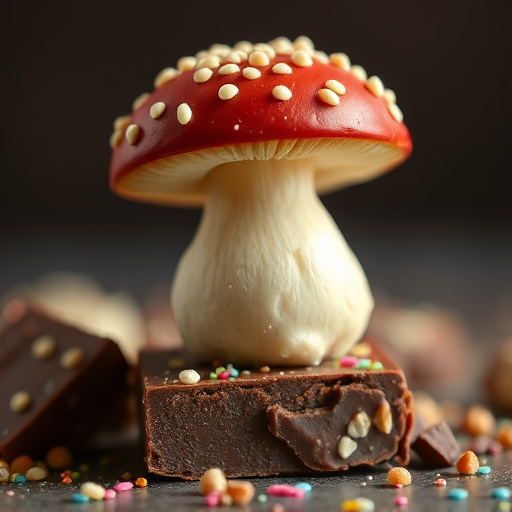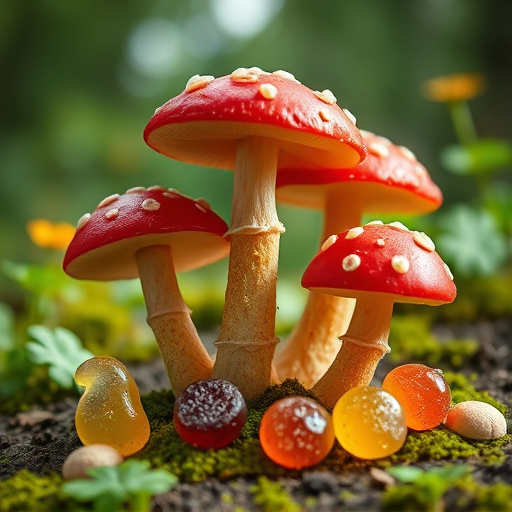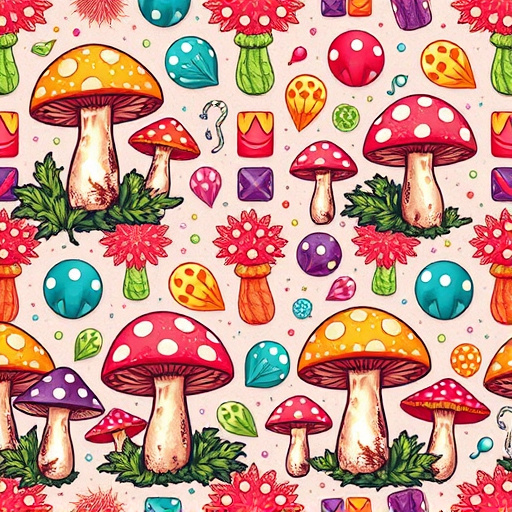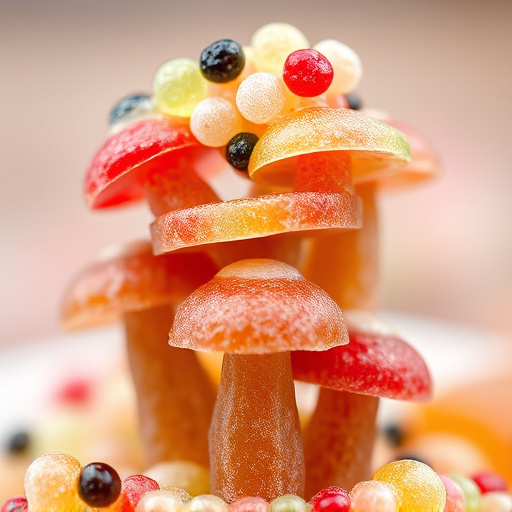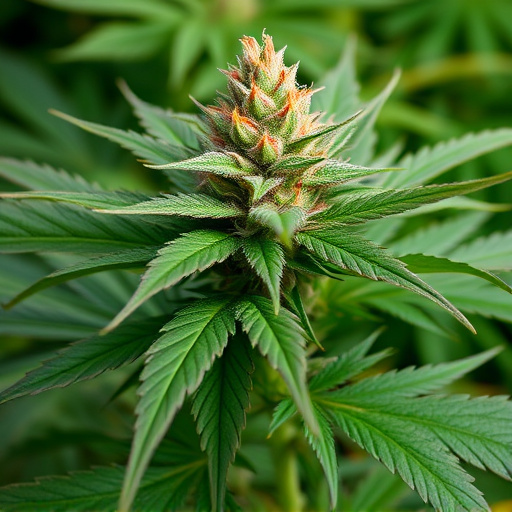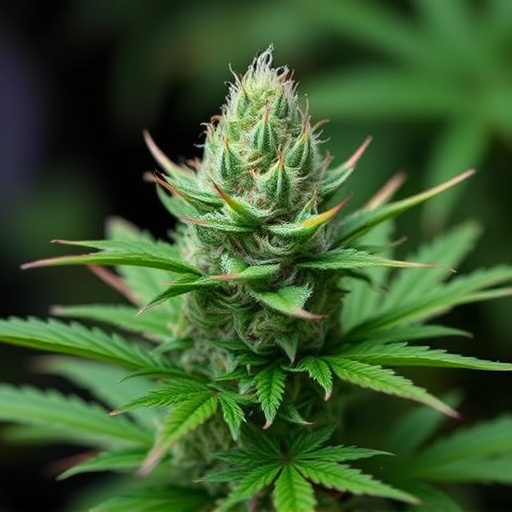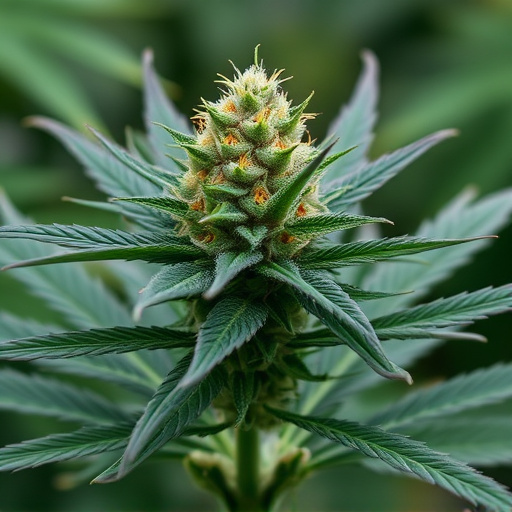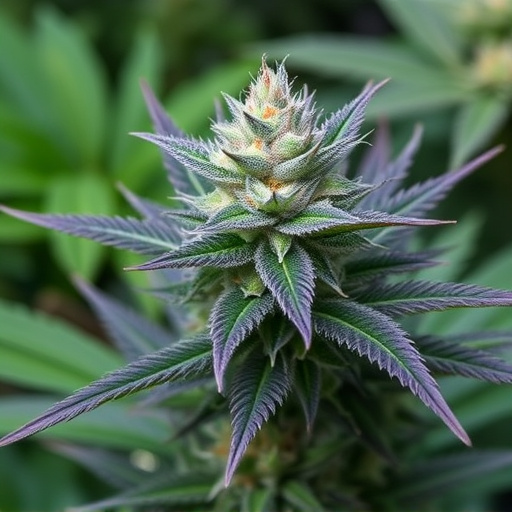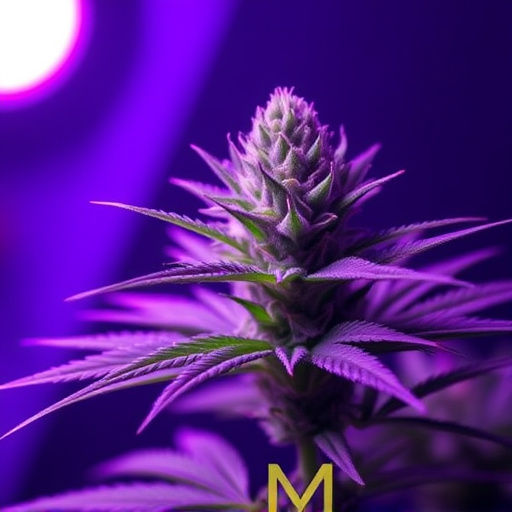The environment dramatically shapes cannabis flower development, whether grown indoors or outdoors. Indoor cultivation offers cultivators precise control over temperature, humidity, light cycles, and nutrients, resulting in denser, more potent buds with enhanced terpene profiles, particularly for desired best medical cannabis strains. Outdoor cultivation, subject to natural elements, leads to varied cannabinoid and terpene expressions, slower flowering times, and unique physical characteristics. These environmental factors significantly influence the final product quality of best medical cannabis strains.
“Uncover the intriguing differences between indoor and outdoor-grown cannabis flowers in this comprehensive guide. Explore how the growth environment shapes plant characteristics, influencing light exposure, temperature, humidity, and space. Discover the unique medical benefits of various cannabis strains, from indoor-cultivated varieties with balanced CBD to outdoor gems rich in terpenes. Learn optimal cultivation practices for both settings, ensuring robust yields and superior quality, and unlock the secrets to sourcing the best medical cannabis strains tailored to your needs.”
- Growth Environment Impacts Cannabis Flower Characteristics
- – Discuss the distinct differences in plant behavior and chemistry between indoor and outdoor settings.
- – Highlight how light exposure, temperature, humidity, and space constraints vary and influence final product quality.
Growth Environment Impacts Cannabis Flower Characteristics
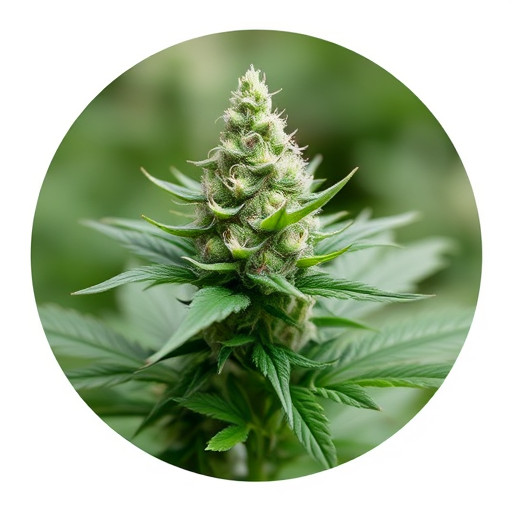
The growth environment plays a pivotal role in shaping the characteristics of cannabis flowers, influencing both their visual appeal and therapeutic potential. Indoor cultivation offers precise control over environmental factors like temperature, humidity, and light cycles, enabling growers to optimize conditions for specific best medical cannabis strains. This controlled setting can lead to denser, more compact buds with enhanced terpene profiles, often resulting in potent and aromatic flowers.
Conversely, outdoor cannabis plants are at the mercy of nature, experiencing natural sunlight, varying temperatures, and unpredictable weather patterns. These variables can contribute to a wider range of cannabinoid and terpene expressions, creating unique varieties with distinct effects. Outdoor-grown cannabis may exhibit more varied physical characteristics, from larger leaves to longer flowering times, reflecting their adaptation to outdoor conditions.
– Discuss the distinct differences in plant behavior and chemistry between indoor and outdoor settings.
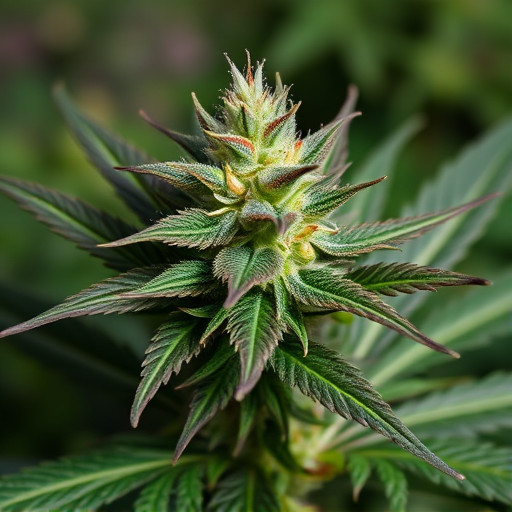
When growing cannabis, whether indoors or outdoors, the environment plays a pivotal role in shaping the plant’s characteristics and the quality of its flowers. One of the most significant differences lies in the plants’ behavior and chemistry. Indoors, growers have precise control over factors like temperature, humidity, light cycles, and nutrients, allowing for consistent and optimized growth conditions. This control often results in faster flowering times and higher cannabinoid concentrations, particularly in desirable best medical cannabis strains. The controlled environment also facilitates the cultivation of specific genetics, enabling growers to select and propagate varieties with unique therapeutic profiles.
In contrast, outdoor settings expose cannabis plants to natural variations in climate, light intensity, and periods of darkness. These factors can significantly impact the plant’s development, leading to slower flowering times compared to indoor plants. Outdoor-grown cannabis often develops a more diverse range of terpenes and cannabinoids, influenced by the local ecosystem and genetic diversity. This natural exposure may contribute to the perception that outdoor cannabis offers a broader spectrum of flavors and effects, though specific chemical profiles can vary widely based on strain and growing conditions.
– Highlight how light exposure, temperature, humidity, and space constraints vary and influence final product quality.
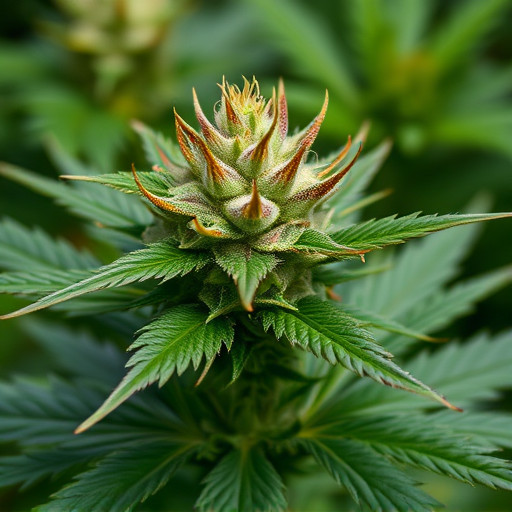
Growing cannabis indoors and outdoors presents distinct challenges that significantly impact the final product, particularly for those seeking the best medical cannabis strains. Light exposure varies drastically between these environments; outdoor plants bask in natural sunlight, which can offer a broader spectrum of light, while indoor growers must rely on artificial lights, often limiting the variety of wavelengths received by the plants. This difference can influence both the plant’s growth and the chemical profiles it develops, such as THC and CBD levels.
Temperature, humidity, and space are also critical factors. Outdoor cannabis plants enjoy consistent temperatures from the sun but face varying humidity levels depending on the climate. Indoor cultivation allows for more controlled environments with precise temperature and humidity settings, which can optimize terpene production and overall plant health. Space constraints in indoor growing limit the size of cannabis plants, potentially impacting their maturity and final yield compared to their outdoor counterparts that benefit from vast, open spaces.
In conclusion, the growth environment plays a pivotal role in shaping the characteristics of cannabis flowers, impacting both their potency and overall quality. Indoor cultivation offers precise control over factors like light spectrum, temperature, and humidity, enabling the production of consistent, high-quality crops. Outdoor settings, on the other hand, allow plants to thrive in natural sunlight, contributing to unique terpene profiles and potentially enhanced medicinal properties. When seeking the best medical cannabis strains, understanding these environmental influences is key to selecting varieties that align with specific therapeutic needs.

